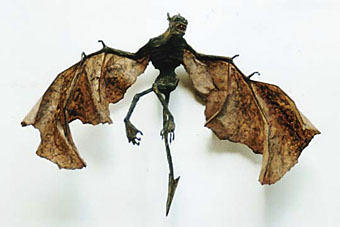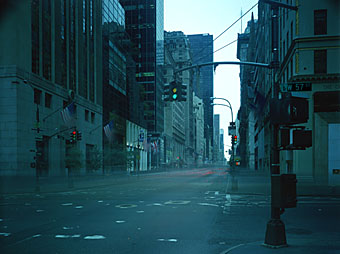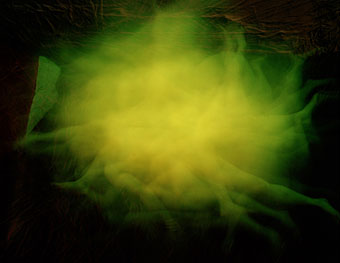
Poster design by Albin Grau.
Friedrich Murnau’s Nosferatu, A Symphony of Horror (1922) isn’t the first horror film but it’s certainly the first truly effective one which is why it’s been so influential over the years, inspiring a remake by Werner Herzog (1979), the vampire’s appearance in Salem’s Lot (1979), Coppola’s Dracula (1992), and a fictionalised account of its creation in Shadow of the Vampire (2000).
The Internet Archive have a copy available as a free download. If you’ve never seen it then this is your chance since silent films rarely turn up on TV. Many early films exist in multiple versions due to the vagaries of film storage (different cuts, decaying prints, etc). Nosferatu was nearly destroyed altogether after a successful lawsuit by Bram Stoker’s widow, Florence, which means that all the prints are in a less than satisfactory condition. My own favourite is the BFI edition (which DVD now seems to be deleted), taken from the definitive “Bologna” restoration, with scenes tinted throughout (as silent films often were) and with a tremendous new score by Hammer composer James Bernard.
Murnau went on to make better films but Nosferatu retains an uncanny power owing to the rare combination of the director’s technical brilliance and Albin Grau’s fabulous vampire design, worlds away from Stoker’s sinister aristocrat. This is the place where cinema showed it could fully compete with horror fiction by summoning its own archetypes from the recesses of the imagination.






